Mini Pitayas
Pack 500 gr3,50€ Iva Incluido
7,00€ /kg
Availability: 14 in stock
Descuento por cantidad
| Unidades | 3 - 5 | 5 - 10 | 10+ |
|---|---|---|---|
| Precio | 3,43€ | 3,33€ | 3,15€ |
| % de descuento | 2% | 5% | 10% |
Direct from the field
To our
workshop
Easy and direct shipping
mini red pitayas from Axarquiain Malaga, direct from the farmer. Buy this unique fruit full of flavour at Huerta de Pancha. You will be able to taste the maximum sweetness that pitayas offer but in a much smaller size.. They are shipped freshly picked, without being refrigerated, which can spoil their flavour.
Mini pitaya’s cultivation from Axarquia
In the Axarquia, in Malaga, we have the perfect that this tropical fruit needs to grow. Moreover, it has the advantage that, being a plant of the cactus family, , it can survive without much water.
Our area has the optimum temperature and humidity conditions for the growth of mini pitayas. In the Axarquia, these fruits reach the perfect ripening point to maintain their small size and acquire the necessary nutrients to make the fruit sweet and tasty.
How do you grow mini pitayas?
Mini pitayas are of the red pitaya variety, and the way of growing them is similar.
To obtain mini pitayas, at Huerta de Pancha we take care of the plant until the moment when the fruit has changed colour; this change of colour is what marks the maximum point of ripening of the fruit.In the case of mini pitayas. they change colour before they reach the size of red pitayas.
Having reached the ripening point, but not the same size as red pitayas, mini pitayas contain the same nutrients and the same flavourbut concentrated in a much smaller size. Therefore, the fruits are tastier than normal pitayas.
Mini pitayas are harvested between autumn and spring, in a staggered manner, as the fruits get the red colour of their skin.
How you will receive the Huerta de Pancha’s mini pitayas
Our pitayas are harvested at their optimum point. This point is not the same as the ripening point. You don’t have to wait any longer to eat the pitayas as they are ready to eat. Our mini pitayas can be white or red and their peculiarity lies in their small size but equal flavour. Pitaya is a fragile fruit, so we always try to pack them as well protected as possible to avoid damage during transport. We try to ensure that the fruit reaches your table with the highest quality and in the best possible condition.
Dragon fruit or pitaya’s origin
Dragon fruit is an exotic fruit that originates from Southeast Asian countries.. It can be found in Vietnam, Thailand, the Philippines, Malaysia, Cambodia and Laos. This fruit is also known as pitaya, pitahaya or red dragon fruit.
It is a climbing plant that can reach a height of 10 metres.. It has a slender, thorny stem and the flowers are white with a pinkish tinge.. The fruits are red, yellow or white in colour and have a sweet taste.
It is grown in warm, sunny climatesin soils rich in organic matter. Dragon fruit is a plant that requires little water, as it is from the cactus family, so it is ideal for growing in drought areas or, in general, where there is little humidity.
How to eat mini pitayas
Mini pitayas can be eaten raw by simply cutting the fruit into quarters or slices and removing the skin. Another even easier method is to open it in two parts and scoop out the pulp directly with a spoon. As they are small, you can also eat them by cutting a sphere in one of their bases and inserting a spoon, just like the kiwi. It will be the perfect breakfast or a good snack to satisfy hunger at any time of the day.
The pitaya also has several uses in the kitchen. It is often used as an eye-catching garnish, as an ingredient in sweet dishes, salads, smoothies or shakes. Some people also use it to make jam or ice cream, in short, any dessert.
The trick to get the most out of its flavour is to accompany it with a squeeze of lemon juice.
How to preserves mini pitayas
Our pitayas must be kept in a cool, dry place, away from heat sources and without direct contact with sunlight But cool does not mean that they have to be put in the fridge, it is enough to keep them in the vegetable drawer. We do not recommend putting them in the fridge because, being a tropical fruit, their texture and flavour may be altered. However, you can put them in the fridge for a little while before eating them if you like to eat them fresh or if you inevitably need to preserve them for a little longer.
Products related
4,00€ Original price was: 4,00€.3,00€Current price is: 3,00€. Iva Incluido80,00€60,00€ /kg


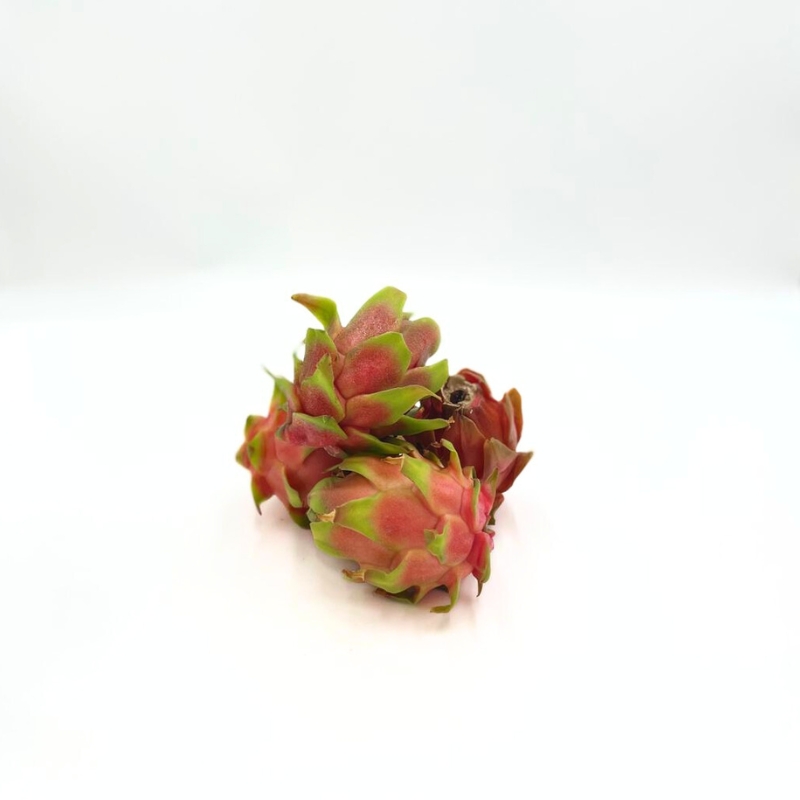
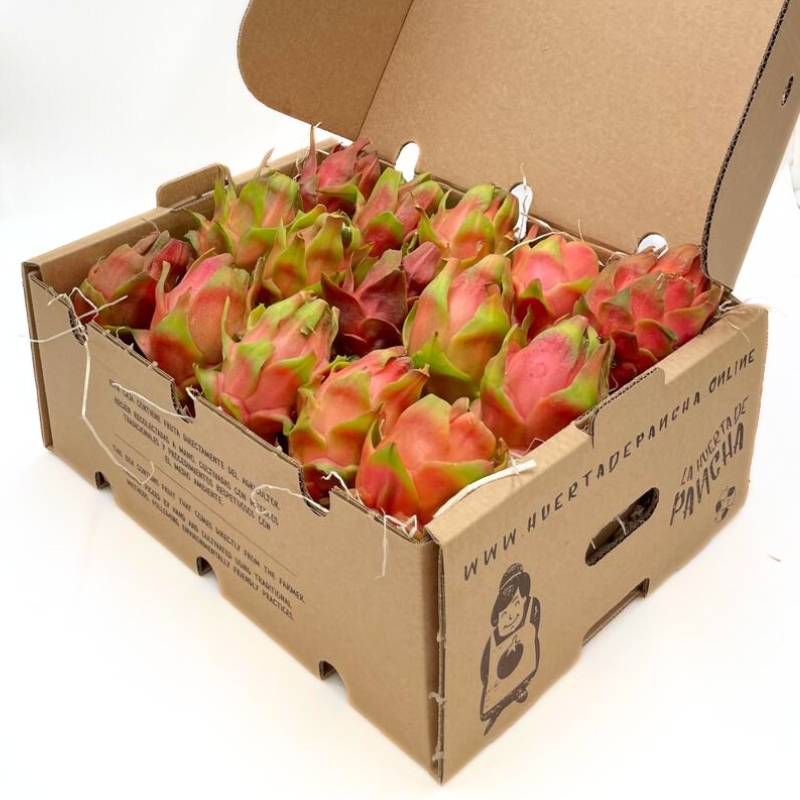
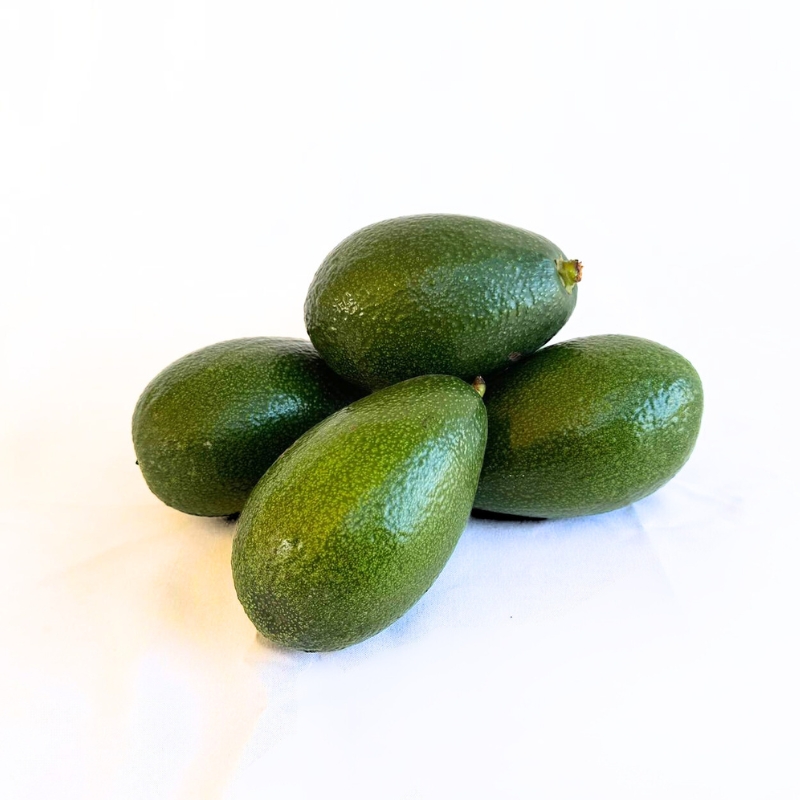
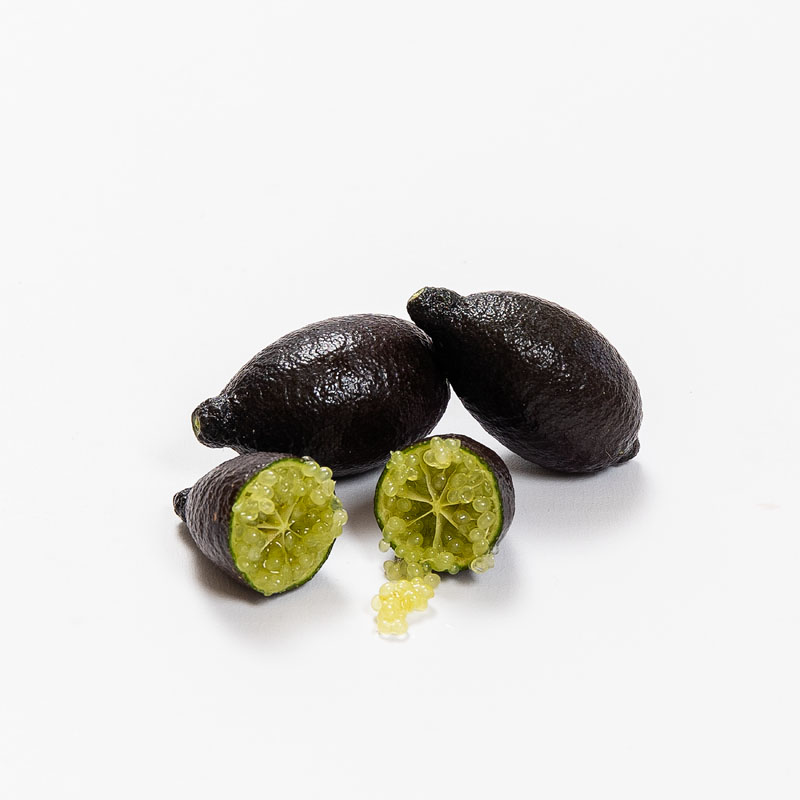


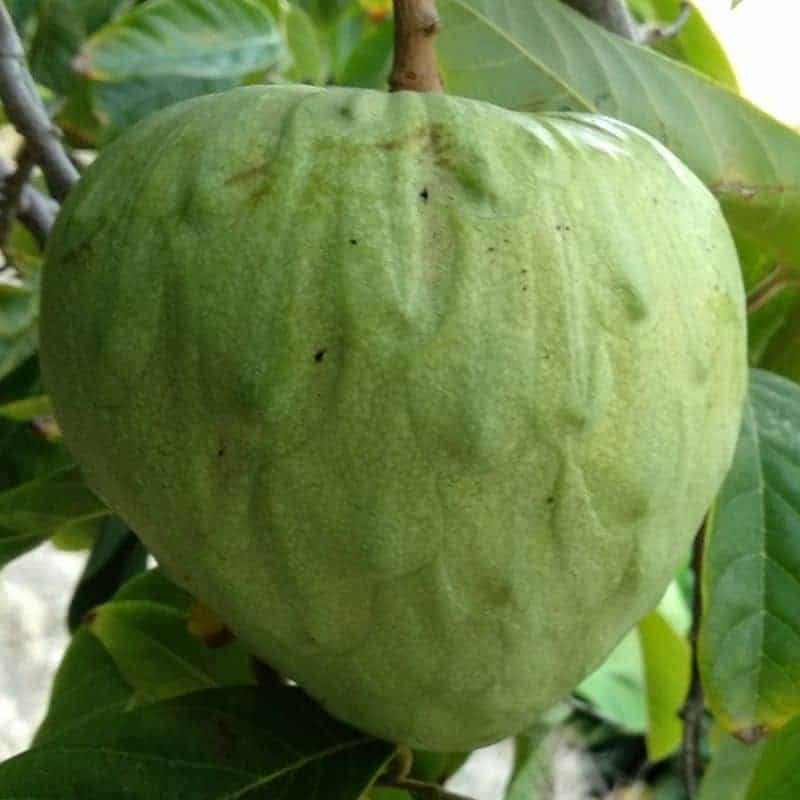




Reviews
There are no reviews yet